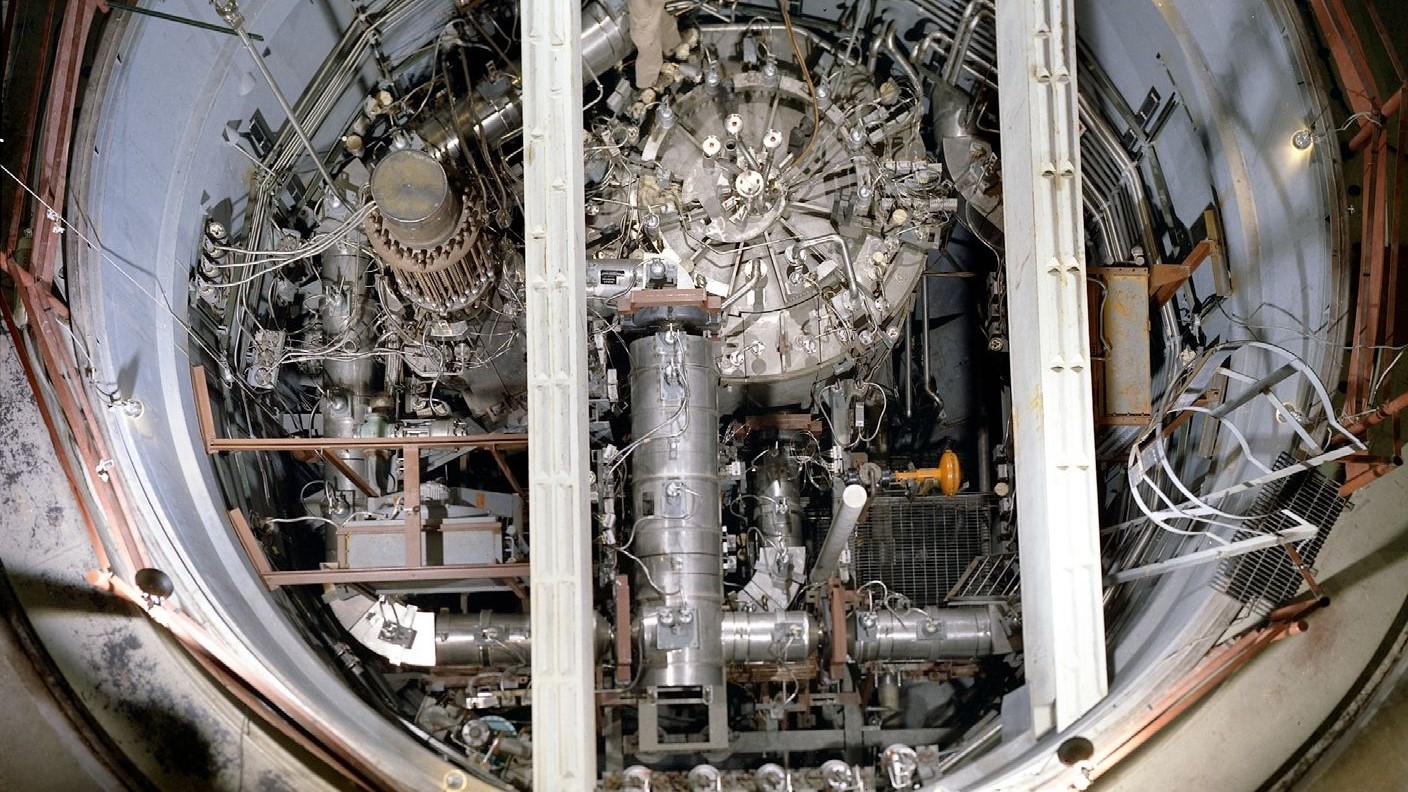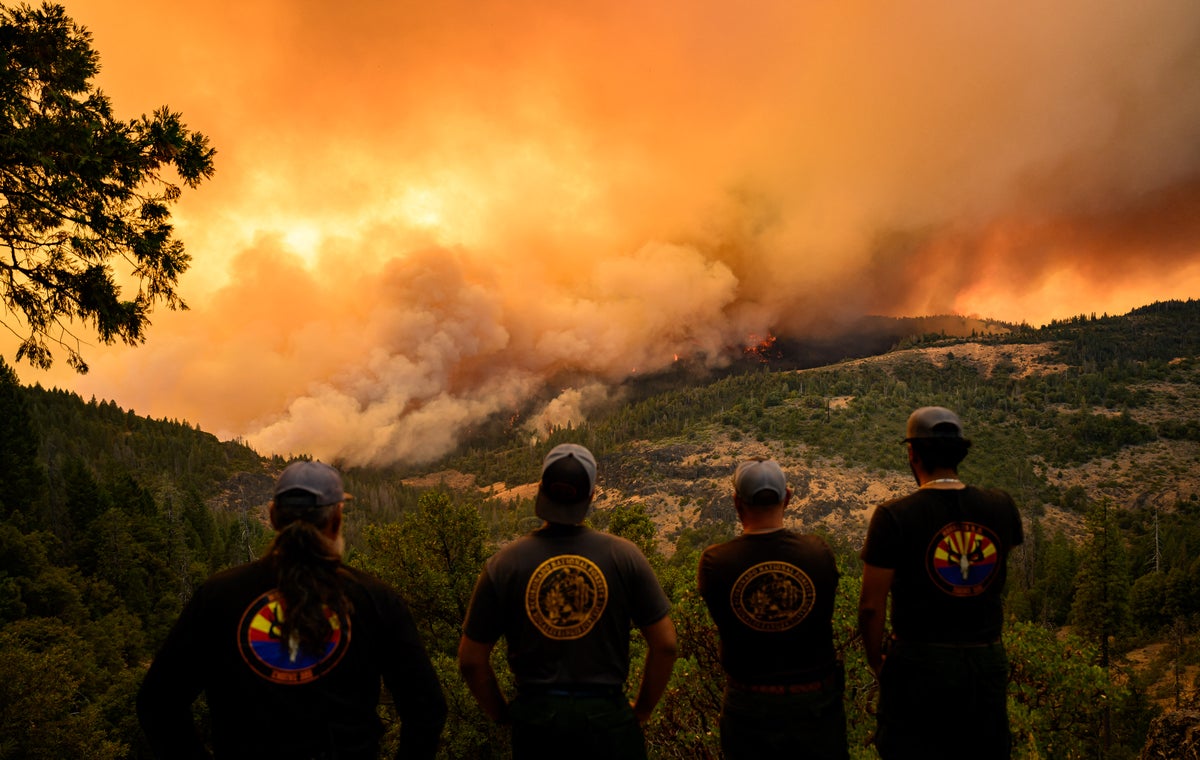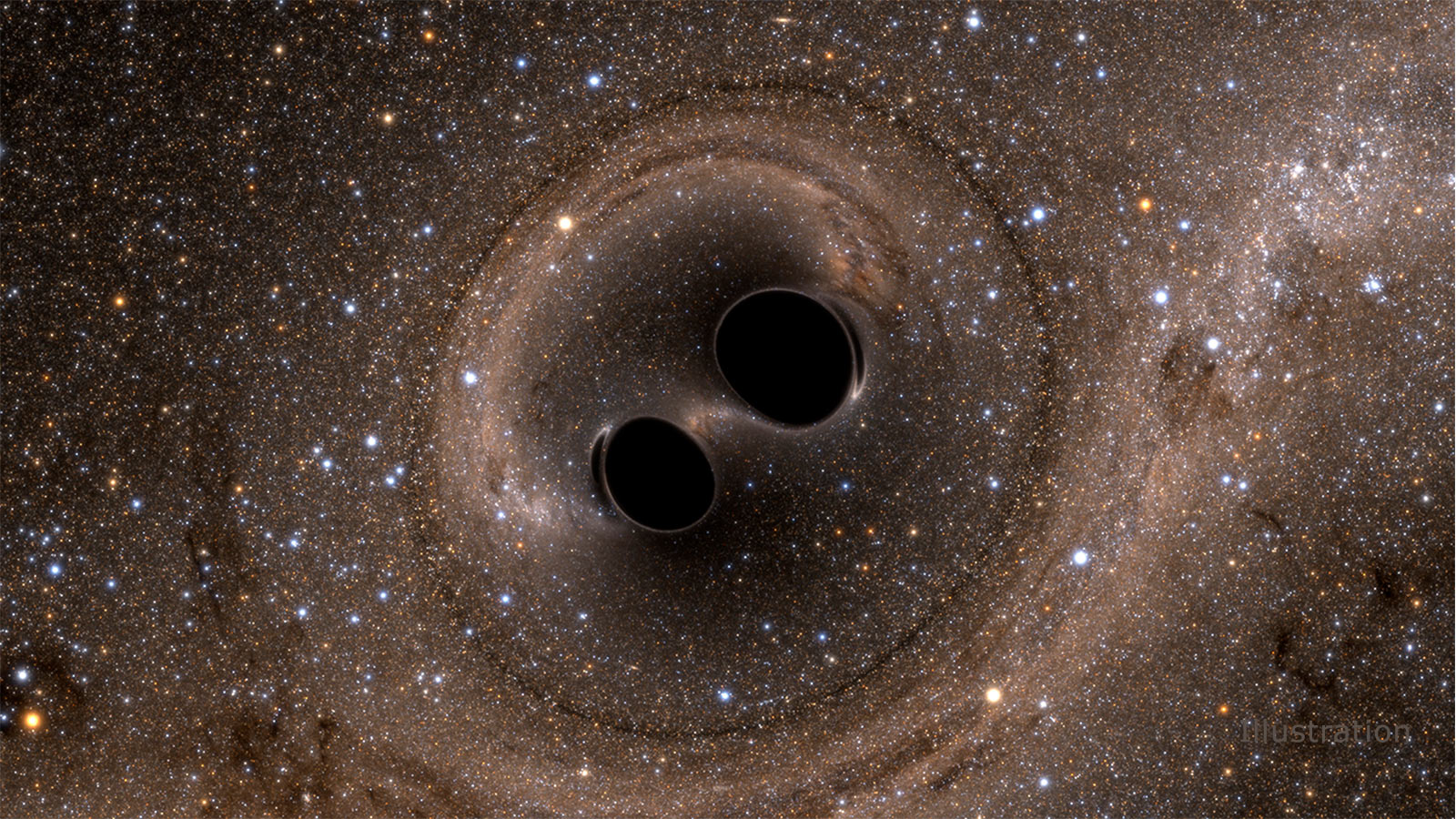What Amazon’s Project Kuiper vs. SpaceX’s Starlink Satellite Mega Constellation Wars Mean for Earth
Humanity’s aspirations have long pushed the boundaries of our delicate balance with nature, from our expanding industrial might to our prowling of the seas. For the past several years, our ambitions have spread in earnest to the heavens, threatening to pollute space itself in a manner never seen before. Now a fresh batch of hardware that is making its way to orbit—a stack of two dozen satellites from delivery giant Amazon that are designed to send the Internet to Earth from space—highlights once again the challenges facing our civilization. While sating the needs of a growing technological populace on the ground, large satellite constellations such as Amazon’s risk a fundamental alteration of the appearance, and usability, of the night sky—and we still don’t have solutions.
On April 28 at 7:01 p.m. EDT, an Atlas V rocket lifted off from Cape Canaveral, Fla. Onboard, it carried the first 27 satellites of a planned 3,200 from Amazon, founded by Jeff Bezos: the start of a grand new satellite collection—often referred to as a mega constellation—known as Project Kuiper. The goal of these satellites, now making their way to orbit, is to beam Internet to users in remote locations away from terrestrial infrastructure, such as in rural areas or on planes.
But Amazon is not alone. SpaceX, under its CEO Elon Musk, has already launched more than 7,000 flat, car-width satellites in its Starlink constellation and plans to add some 30,000 more. The company boasts more than 5 million customers around the globe, with monthly subscription costs for residential plans ranging from $80 to $120 in the U.S. Users also need to fork out $349 for a dish to connect to the satellites, which then provides a Wi-Fi network for them to connect to. That equates to revenues of hundreds of millions of dollars a month, with the potential for billions of dollars as the service expands and the number of users increases. And it is a slice of this pie that Amazon is hoping to grab.
On supporting science journalism
If you’re enjoying this article, consider supporting our award-winning journalism by subscribing. By purchasing a subscription you are helping to ensure the future of impactful stories about the discoveries and ideas shaping our world today.
Reports suggest Project Kuiper might cost Amazon as much as $20 billion to build. “Amazon wouldn’t be investing the best part of $20 billion unless they perceived a multibillion-dollar opportunity,” says Tim Farrar, a satellite communications expert in California. Indeed, Amazon’s CEO Andy Jassy has previously spoken about Project Kuiper becoming the company’s “fourth pillar” alongside its online marketplace, Web cloud services and Amazon Prime subscriptions.
To compete with Starlink, Amazon plans to launch fast. The company has bought space on dozens of rockets—including SpaceX’s own Falcon 9—to rapidly get its hardware into space. The need for speed is not only because of SpaceX: as part of Amazon’s license with the Federal Communications Commission (FCC) to operate its satellites in space, the company must launch half of its planned constellation of 3,200 satellites by July 2026 and the remaining satellites by July 2029 to retain that license.
Starlink has dramatically changed the environment around Earth. When the first Starlink satellites were launched in May 2019, there were barely 2,000 active satellites in space. Today there are more than 11,000. Most of these are Starlink satellites, but the figure also includes 648 satellites that provide the European-based company Eutelsat’s OneWeb space Internet service and 72 satellites from a growing Chinese space Internet constellation called Qianfan, which may eventually reach 14,000. This rapidly increasing number of satellites raises concerns about how we manage all of these objects. “Every day is unprecedented territory,” says Hugh Lewis, a space debris expert at the University of Southampton in England.
Project Kuiper is designed to orbit slightly above Starlink, at an altitude of about 370 to 390 miles (590 to 630 kilometers), compared with Starlink’s 340 miles (550 km). Both constellations’ satellites are designed to be constantly replenished as they fail or reach the end of their life, with SpaceX currently launching Starlink satellites in batches of dozens multiple times a month. That means there will constantly be Kuiper satellites crossing over with Starlink satellites as they travel up and down, with significant potential for chaos.
All of the satellites in the current Starlink constellation combined perform about 50,000 collision avoidance maneuvers every six months, according to SpaceX. In these cases, a Starlink satellite is deemed to pass close enough to another object in orbit that a collision could be possible, prompting the satellite to perform an automated navigation away from the object using its thrusters. Amazon has not yet announced its own automated system, and neither that company nor SpaceX responded to a request for comment from Scientific American. Nevertheless, with the introduction of Project Kuiper and other mega constellations, the number of close approaches across all satellites could grow to the “tens or even hundreds of millions” per year, Lewis says. “Ultimately we’re going to be bitten by one of those.”
The collision of two satellites would be a disaster. In 2009 the U.S. Iridium 33 satellite collided with the defunct Russian satellite Kosmos 2251, producing thousands of pieces of debris, some of which will orbit Earth for 100 years. The biggest danger of another collision is that the resultant debris could cause further collisions as more and more satellites are hit. “It’s not going to be like WALL·E,” says Victoria Samson, chief director of space security and stability at the Secure World Foundation, a space sustainability nonprofit organization, referring to a 2008 Pixar film in which a future Earth has been encompassed by space junk. “But at a certain point, it is going to be extremely complicated to operate in low-Earth orbit.” And regardless of the potential for collisions, the huge bulk of satellites going up must also come back down at some point and reenter our atmosphere, which might be depleting ozone.
Efforts to introduce regulation to oversee this rapid growth in satellites has been slow going. No formal international laws or bodies currently exist to monitor or control the number of satellites in orbit. We are “not at all” ready for the arrival of so many satellites, says Michelle Hanlon, a space lawyer at the University of Mississippi. “We can’t agree on anything in the international community. We ought to have a space corridor or space arbitration so at least we get all of the space issues in one jurisdiction. We don’t have anything.” Eventually “there’s going to be a breaking point,” she says—and an actual collision may be necessary to spur meaningful action.
And then there is the astronomy issue. For years, astronomers have been grappling with Starlink’s effect on their observations of the universe. The mega constellation’s numerous satellites appear as constant bright streaks in images from telescopes on Earth and even some in space. Samantha Lawler, an astronomer at the University of Regina in Saskatchewan, says that many of her images are marred by satellites crossing her plane of view. “I find it horrifying,” she says. “All of the downsides are coming to pass, and there’s still no regulation.”
Bright satellite streaks can hinder scientific discovery because they sometimes obscure interesting objects of study behind them such as asteroids, planets and stars. They can also alter the natural aesthetic of the night sky. “One of the main recommendations of the IAU [International Astronomical Union] is to keep the satellites under [a brightness of] magnitude 7,” says Olivier Hainaut, an astronomer at the European Southern Observatory in Germany. “That means you don’t see them with the naked eye.” One telescope that might be particularly affected is the Vera C. Rubin Observatory, a new telescope built in the mountains of Chile with a huge camera that will image the entire sky once every three days starting later this year. But satellite trails could affect a third of its images, significantly hampering its science.
SpaceX has been moderately successful at dimming Starlink satellites by applying a darkened coating or using a sunshade to lower the amount of sunlight they reflect to the ground, but other satellites such as those in China’s Qianfan constellation are even brighter. “Those ones are very worrying,” Lawler says. And even radio astronomy can be affected by incoming satellite signals. The problems for astronomers are mounting, with no obvious solution in sight. “Five years ago we were living in blissful ignorance,” Hainaut says.
The Kuiper satellites’ ultimate brightness won’t be clear until a few weeks after this first launch, when they will have been raised to their operational altitude. By then we might have already seen the next Kuiper launch, followed by the next and the next. Providing widespread Internet from space in our modern digital world is a worthy goal that can benefit many people on the planet. But as our cosmic infrastructure grows without any clear rules of the road, so, too, does the potential for disaster. “At some point, we have to stop launching these constellations,” Hanlon says, either until those rules become clear or the worst does happen, and two satellites collide. “I hope we figure it out.”
Source link






